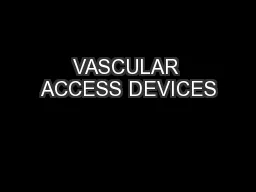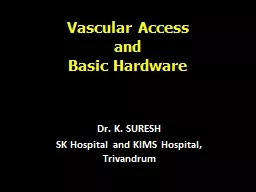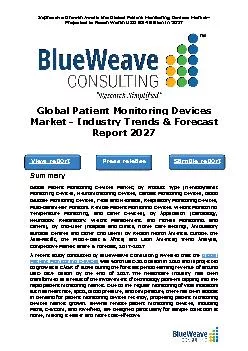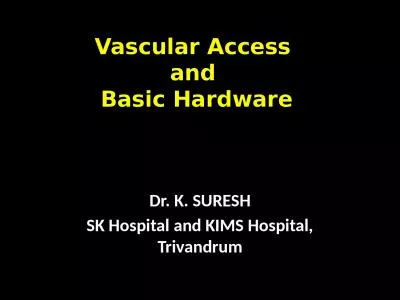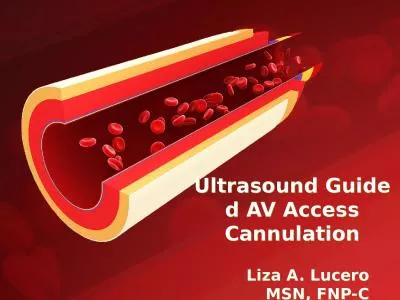PPT-VASCULAR ACCESS DEVICES
Author : kittie-lecroy | Published Date : 2016-05-14
VASCULAR ACCESS DEVICES Introduced in early 1980s Allow medications to be delivered directly into larger veins Less likely to clot Can be left in for longer periods
Presentation Embed Code
Download Presentation
Download Presentation The PPT/PDF document "VASCULAR ACCESS DEVICES" is the property of its rightful owner. Permission is granted to download and print the materials on this website for personal, non-commercial use only, and to display it on your personal computer provided you do not modify the materials and that you retain all copyright notices contained in the materials. By downloading content from our website, you accept the terms of this agreement.
VASCULAR ACCESS DEVICES: Transcript
Download Rules Of Document
"VASCULAR ACCESS DEVICES"The content belongs to its owner. You may download and print it for personal use, without modification, and keep all copyright notices. By downloading, you agree to these terms.
Related Documents

